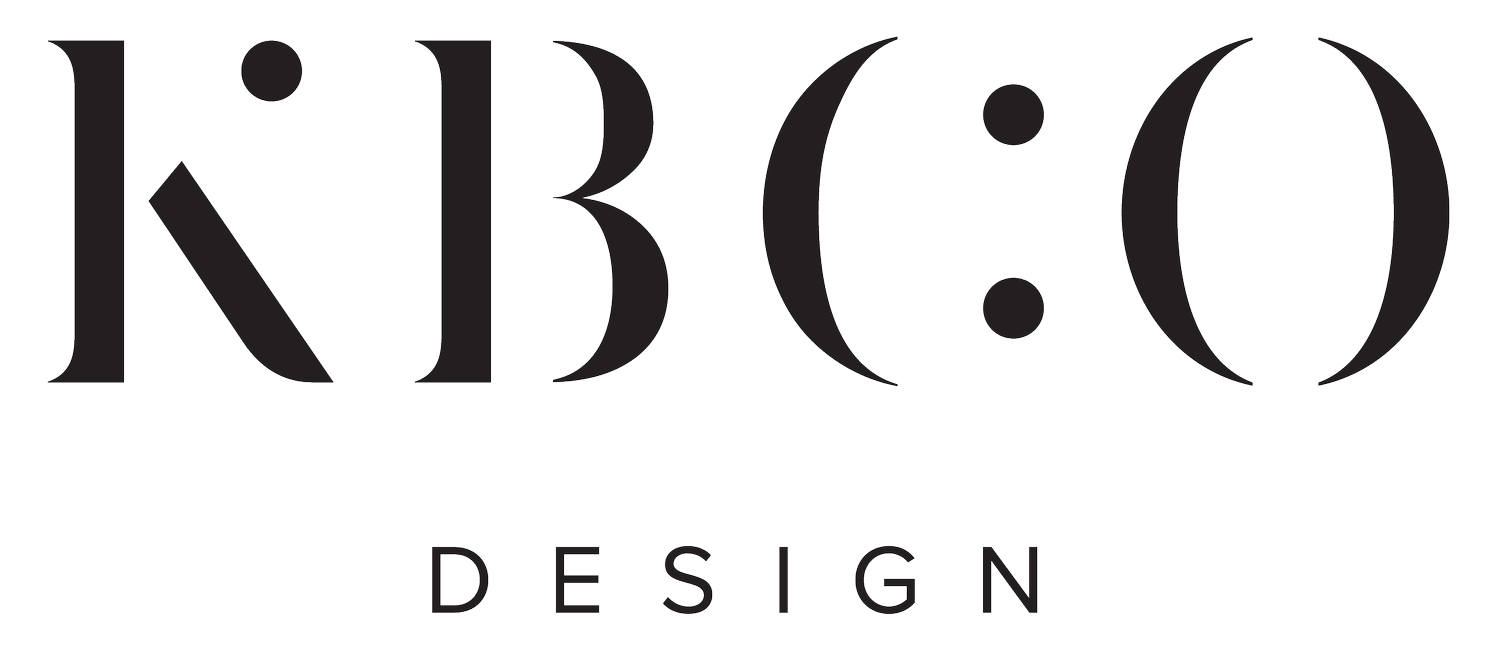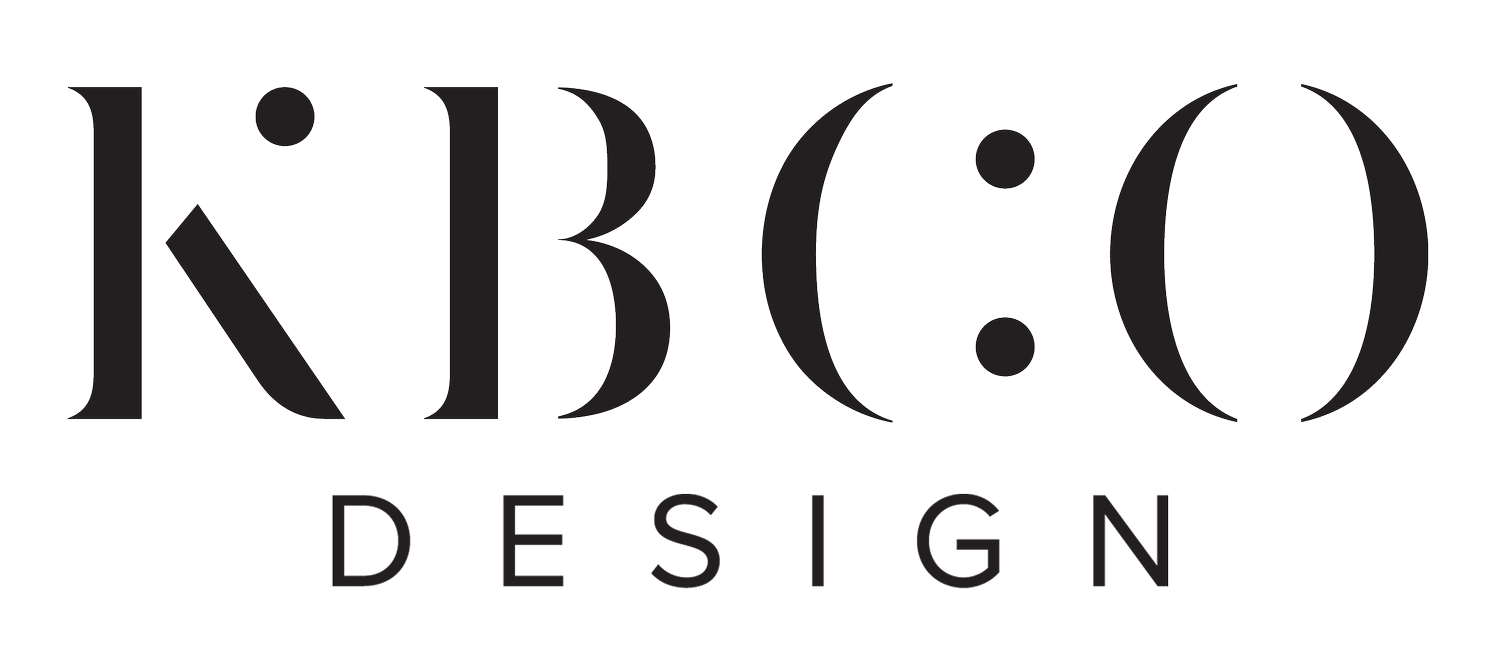6 Steps To Make Your House Look Like You Just Hired An Interior Designer
Many homeowners are very much ready to take on the challenge to put together a fabulous and coordinated design themselves, having full control of the design and decorative process. Part of the fun of interior design is the creative process itself. Choosing colors, fabrics, furniture, choosing what goes where, etc. It can be a truly liberating experience and an opportunity to let your creative side flourish.
If you’re seeking a designer look, we are sure that these tips will set you off on the right path towards designing the home of your dreams.
Step 1: Make a mood board - get inspired!
Every interior design project starts with a moodboard. A mood board is essentially a place where you bring all of your inspiration together to create your ideal look and style. Whether you create a virtual moodboard, or a physical one, here are some elements to consider:
The overall “feel”, mood, and style of each room
Furniture pieces (comprising of what you already have and new pieces. You want to make sure they all work together)
Artwork
Rugs/upholstery
Paint swatches
Flooring
Accessories
Step 2: Color Palette - stick to three colors or shades
If you know what style you hope to call yours, you need to choose your color scheme. This can feel like the toughest part of the whole process. Color is personal and sets the tone for how we want to feel when we walk into a room. Choose colors that call to you, if you have inspirational moodboards, notice if any colors are prominent and repeated.
Try to stick to a maximum of three colors or shades per room. One main color for the walls, another for larger accents such as couches and chairs, and a third color that pops for smaller accessories such as pillows, and smaller upholstery. Utilize natural light as much as you can too.
The rule of three works for pretty much any combination, three is better than one or two, as a room done in one color can look and feel boring and bland.
Step 3: Set your floor plan
This is one of the most important parts and needs to be done before you purchase anything. You want to know how much room you have to work with, and that everything will fit. Measure everything, and bring your tape measure with you when you begin shopping for new home accessories. You can even create a mock floor plan using tape to map out where everything will be going. Measure everything multiple times too!
Step 4: Know your budget
This one is one to have in mind before anything happens. Consider the financial resources that you have available for your renovation. You don’t want to get halfway through and run out of funds. Ensure you have enough for what you want, and then some. Have resources available for any unexpected expenses, because they are likely to occur.
As a general rule of thumb, if you are renovating your entire home, it's recommended to allocate around 7-10% of your home's value. If you’re desiring luxury and high-end, extend the allocation towards 25%.
Step 5: Have a statement piece - think big!
Too many small pieces of furniture in one room never look good. A cluttered space confuses the eye and can make cleaning a nightmare.
Opt for a room that is well mixed and spacious.
Even if you are decorating a small apartment or just one room, there are plenty of decorating ideas to try. Most designers will recommend that even the smallest of spaces have one large statement piece, such as a large armoire or cabinet. A mixture of big and little is key to a successful home interior design. This rule goes with accessories, too. Revert back to your mood boards for inspiration too.
Step 6: Don’t forget to accessorize
Designers love accessories, it’s those finishing touches that make or break a room. Think of using trays, decorative bowls/baskets, or arranging collections or loose items that need a home. Bring nature into your home with flowers and indoor plants.
Following these steps will ensure you successfully create the home of your dreams. Design with confidence and take your home interior design into your own hands. Whether to prefer a style that’s minimalist, rustic, or highly luxurious, follow these steps to design a home that really feels like yours.
And if after all you still want professional help, we’re here to support your dream project!



